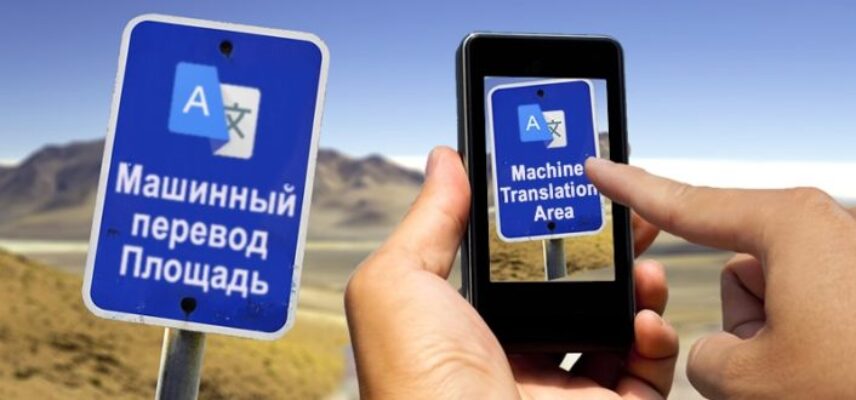Humans vs. Machines (in translation!)
The translation blogosphere is awash with speculation about the future of Machine Translation (MT) and machine translation tools. “Machines will replace humans!” We’ve all heard it! And not just within the realm of translation services. Everywhere!
“Why pay anything at all for translation? Google offers translation for free!”
If all you are concerned about is price — there are, of course, plenty of automatic machine translators on the internet. Machine Translation (MT) engines will render a text into a target language of your choice, sufficiently clearly and accurately for you to be able to get the gist of the original.
This is an excellent tool to help you read an email in a language you are not familiar with, for example, or to grasp the basic message of a report. However, if you’re translating a document intended to represent you and your business, MT may well be inadequate. In fact, it could even hurt your business, and your brand, in a variety of ways.
The QuickSilver team have carried out a number of translation experiments to examine the limitations of MT. If these limitations were to impact on your business in any way — the consequences could far-reaching and unpleasant. Consider, for example, the impact of a mistranslated catalogue, a financial report with errors, or an ambiguously worded technical manual.
Our take on Machine Translation
For translating documents for your own use, it’s great. Incoming documents, emails, reports and market research can be quickly rendered into your chosen language using a good MT engine.
However, QuickSilver Translate shares the opinion of many experts in the field, that MT software has not managed to overcome the difficulties it has faced since the 1950s: they continue to tend towards simple word-for-word rendering, and they often fail to take into account things like word-order or syntax.
Online translation engines (in particular, Neural Machine Translation) are currently the cutting edge of MT. That said, even Google Translate, which leads the field, cannot always be relied upon to produce a decent, authentic-sounding, translation.
The reason that machine translation tools struggle to deliver, is simply that the key to translation is the one thing you cannot teach a computer: culture. Human communication is so elliptical and dependent on circumstance that, until the day in which we finally invent an artificial intelligence which is in every way indistinguishable from a real human brain, truly authentic MT will remain a dream.
______________________________
If you found this article interesting, you may also enjoy:

